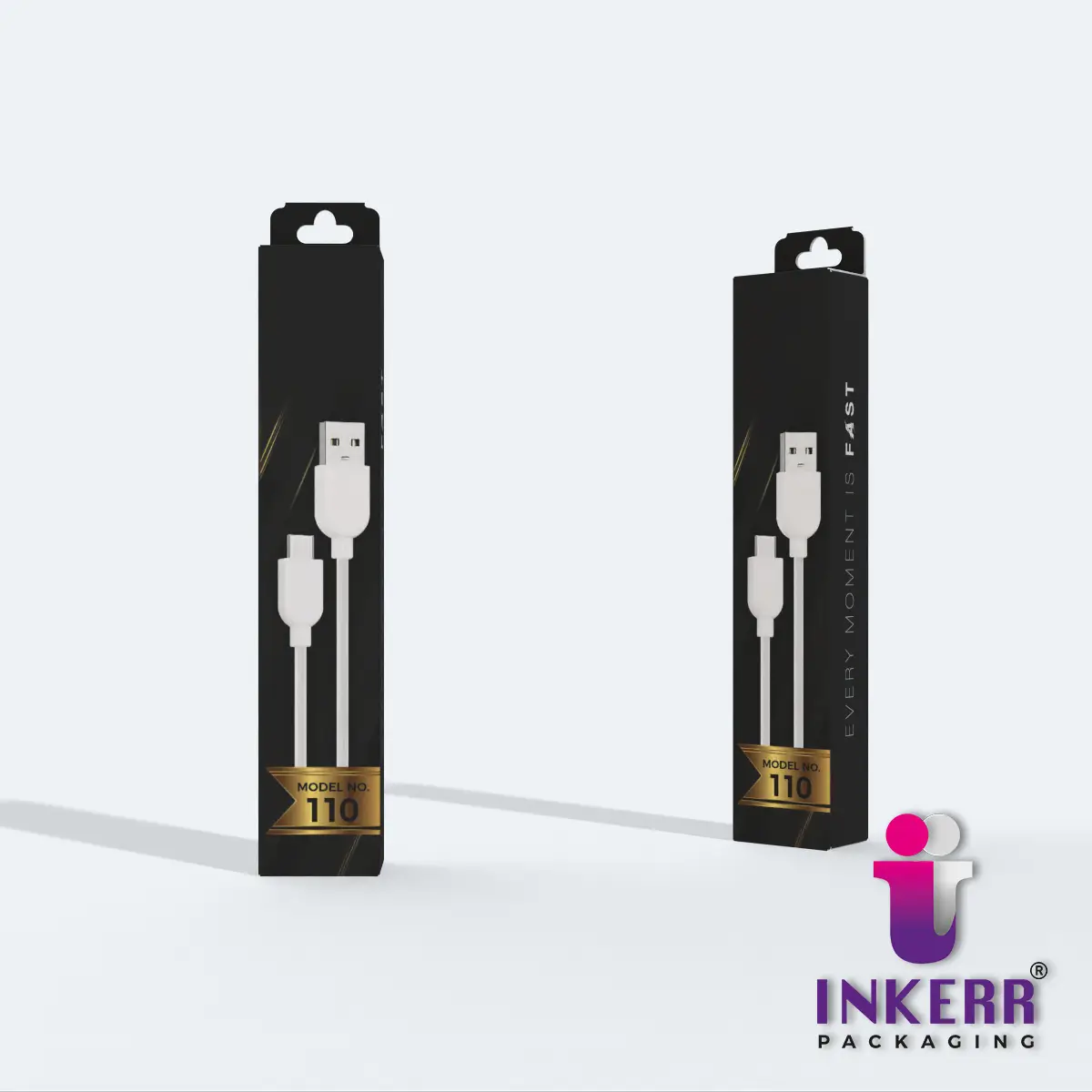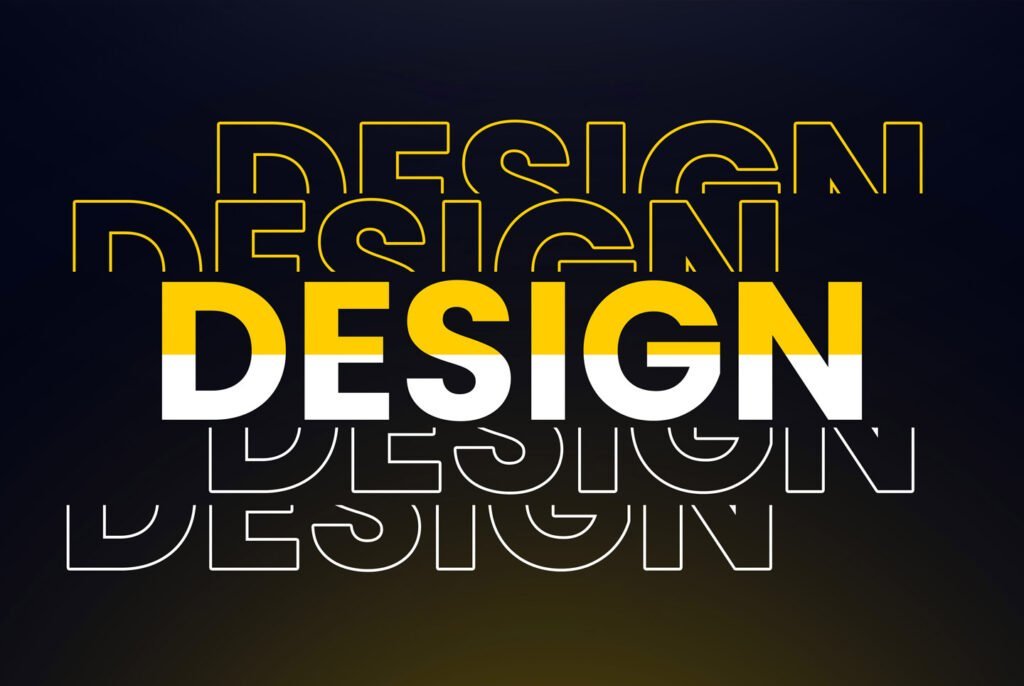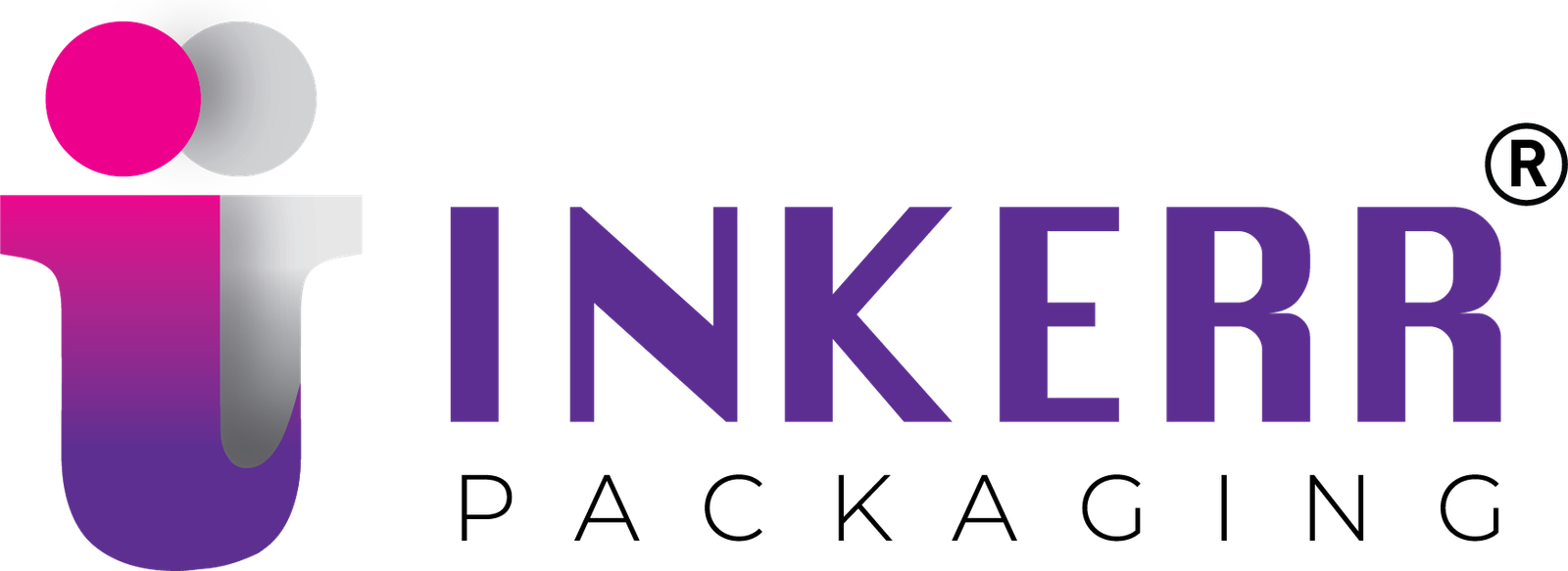The Importance of Package Design

Brand Identity and Recognition
Package design is integral to brand identity. It provides the first impression of a product and by extension, the brand itself. Consistent use of colors, logos, and typography helps consumers quickly identify a product on the shelves. For example, the distinct red and white of Coca-Cola’s packaging is instantly recognizable worldwide, conveying the brand’s identity and heritage. The impact of consistent package design can be profound, creating a sense of familiarity and trust among consumers. Brands like Apple and Tiffany & Co. leverage their iconic packaging to symbolize luxury and quality, reinforcing their market position and making your brand memorable.
Ensuring that your design complements the product inside can significantly enhance brand recognition and consumer trust.
Consumer Attraction and Engagement
Attractive packaging grabs the consumer’s attention. If you incorporate eye-catching graphics, innovative shapes, and appealing textures, you can entice consumers to pick up a product, increasing the likelihood of purchase. In a retail environment crowded with options, a unique and well-designed package can make all the difference. Eye-catching graphics, innovative shapes, and appealing textures can entice consumers to pick up a product, increasing the likelihood of purchase. According to studies, visually appealing packaging can even enhance the perceived value of the product inside. Packaging that engages the senses through tactile elements, such as embossing or unique finishes, can also create a memorable experience, encouraging repeat purchases and brand loyalty.
Informational and Functional Role
Packaging also serves a crucial informational role. It provides consumers with essential details such as ingredients, usage instructions, and expiration dates. Clear and concise information is particularly important for products like food, pharmaceuticals, and cosmetics, where safety and compliance are paramount. Functional aspects, like resealable closures or ergonomic shapes, enhance user experience, adding value beyond the initial purchase. This combination of form and function is key to successful package design. For instance, resealable snack bags or pump dispensers for liquids improve convenience, making the product more user-friendly and appealing.
Key Components of Effective Package Design
Visual Elements

Color
Color is a fundamental element in package design. Different colors evoke different emotions and associations. For example, green is often associated with health and eco-friendliness, while blue can convey trust and reliability. Designers strategically choose colors to align with the brand’s message and appeal to the target audience. Bright, bold colors might attract a younger demographic, while muted tones can appeal to a more sophisticated market. The psychology of color in packaging can significantly influence consumer perceptions and behavior.
Typography

Typography also plays a significant role. The choice of font can communicate a lot about a product. A sleek, modern font may suggest innovation and sophistication, while a playful, handwritten style can convey fun and creativity. Legibility is crucial, especially for product information and brand names. Typography should complement the overall design and enhance readability, ensuring that key messages are easily understood by the consumer. For instance, luxury brands often use elegant, serif fonts to convey a sense of prestige and quality.
Imagery and Graphics
Imagery and graphics can tell a story about the product to make it more appealing and engaging. High-quality images of the product or ingredients can create an appetite appeal, especially in food packaging. Abstract designs and patterns can also set a mood or theme, making the product stand out. Illustrations and visual elements should be chosen to resonate with the target audience and align with the brand’s identity. For example, whimsical illustrations might be perfect for a children’s product, while sleek, modern graphics could appeal to tech-savvy consumers.
Structural Elements
Shape and Size
The shape and size of a package can influence its shelf presence and functionality. The shape and size of a box can influence its shelf presence and functionality. Unique shapes can attract attention and differentiate a product from competitors. However, practicality is also important; the package must be easy to handle, store, and use. Creative shapes can make a product more memorable and add to its perceived value. However, designers must balance creativity with practicality to ensure that the package is functional and efficient for both consumers and retailers. Effective box design can make a product more memorable and add to its perceived value.
Materials
The choice of materials affects both the aesthetic and functional aspects of packaging. Sustainable materials are increasingly important as consumers become more environmentally conscious. Materials like recycled paper, biodegradable plastics, and reusable containers are gaining popularity. The texture and quality of materials can also enhance the unboxing experience, adding a tactile dimension that reinforces the brand’s message. For instance, premium brands often use high-quality, sturdy materials to convey luxury and durability. Mailer boxes made from recycled materials are gaining popularity for their sustainability and functionality in e-commerce.
Innovation and Technology
Advancements in technology have opened new avenues for package design. Smart packaging, which can include QR codes, NFC chips, or temperature indicators, adds interactivity and functionality. These innovations enhance consumer engagement and provide additional layers of information and convenience. Interactive elements can create a more immersive brand experience, while smart packaging solutions can improve product safety and traceability. For example, QR codes can lead consumers to additional content online, enhancing their connection with the brand.
Challenges in Package Design
Balancing Aesthetics and Functionality
One of the primary challenges in package design is balancing aesthetics with functionality. A package must be visually appealing but also practical and user-friendly. Designers must consider factors like ease of opening, durability, and protection of the product. Overly complex designs can frustrate consumers, while overly simplistic designs might fail to attract attention. The challenge lies in creating a package that stands out visually while also being functional and easy to use. Consider how the design elements contribute to your overall brand message and user experience.
Environmental Considerations
Sustainability is a major concern in package design. There is a growing demand for eco-friendly packaging solutions that minimize environmental impact. This includes using recyclable or biodegradable materials and reducing excess packaging. Balancing sustainability with cost and performance remains a significant challenge. Brands must find innovative ways to reduce their environmental footprint without compromising on quality or aesthetics. For example, lightweight packaging can reduce transportation costs and emissions but must still provide adequate protection for the product.
Regulatory Compliance
Packaging must comply with various regulations, which can vary by region and product type. These regulations often dictate labeling requirements, material restrictions, and safety standards. Ensuring compliance while maintaining a cohesive and attractive design can be complex and time-consuming. Non-compliance can result in fines, product recalls, or damage to the brand’s reputation. Designers must stay informed about the latest regulations and work closely with legal and regulatory teams to ensure that all packaging meets the required standards.
Future Trends in Package Design

Sustainability and Eco-Friendly Solutions
The trend towards sustainability is expected to continue. Consumers are increasingly looking for brands that prioritize environmental responsibility. This includes using renewable materials, reducing waste, and designing for recyclability. Innovative approaches, such as edible packaging and plant-based materials, are also being explored. Companies are investing in research and development to create packaging solutions that meet environmental standards while maintaining functionality and aesthetic appeal.
Personalization and Customization
Advances in digital printing technology have made it easier to create personalized packaging for your business. This can range from individualized labels to custom designs for limited edition products. Personalization can create a stronger emotional connection with your consumers and enhance brand loyalty. For example, Coca-Cola’s “Share a Coke” campaign, which featured bottles with individual names, was highly successful in creating a personal connection with consumers and driving sales.
Smart Packaging

Smart packaging is set to become more prevalent. This includes features like interactive labels, augmented reality experiences, and intelligent tracking systems. These technologies can enhance the consumer experience, provide valuable information, and improve supply chain efficiency. For instance, smart packaging can monitor the freshness of perishable goods, alerting consumers when products are no longer safe to use. Augmented reality can offer immersive brand experiences, while intelligent tracking can improve inventory management and reduce waste.
Minimalism and Simplicity

There is a growing trend towards minimalistic design. Simple, clean packaging can stand out in a cluttered market and appeal to consumers looking for authenticity and transparency. Minimalism often involves a focus on high-quality materials and subtle, elegant design elements. This trend reflects a broader shift towards simplicity and clarity in consumer preferences. Brands that embrace minimalism can convey a sense of sophistication and modernity, appealing to consumers who value understated elegance and functionality.
Case Studies
Apple
Apple is renowned for its minimalist and sleek package design. Apple’s packaging design reflects the company’s emphasis on innovation, quality, and user experience. Each element, from the sturdy, well-fitting boxes to the clean typography, is designed to enhance the unboxing experience and convey a sense of premium value. The meticulous attention to detail in Apple’s packaging reinforces the brand’s commitment to excellence and creates a memorable first impression for consumers. The experience of opening an Apple product has become a key part of the brand’s identity, emphasizing the seamless integration of design and technology.
Coca-Cola
Coca-Cola’s packaging is a classic example of effective brand identity. The iconic red and white color scheme, combined with the distinct bottle shape, has made it one of the most recognizable brands in the world. Coca-Cola’s seasonal and promotional packaging also demonstrates how to keep a brand fresh and engaging while maintaining core design elements. The company’s use of limited edition designs, such as holiday-themed bottles or collaborations with artists, keeps the brand relevant and exciting, appealing to both loyal customers and new audiences.
Method
Method, a brand known for its eco-friendly cleaning products, utilizes packaging to communicate its commitment to sustainability. The use of recycled materials and innovative, ergonomic designs not only attract environmentally conscious consumers but also enhance functionality and user experience. Method’s packaging stands out for its unique shapes and vibrant colors, making cleaning products feel modern and stylish. The brand’s focus on sustainability extends to every aspect of its packaging, from the materials used to the design process, reinforcing its position as a leader in eco-friendly consumer products.
Conclusion
Package design is a complex and dynamic field that combines art, science, and strategic thinking. It is essential for creating a strong brand identity, attracting and engaging consumers, and providing practical information and functionality. As consumer preferences and technologies evolve, so too will the trends and challenges in package design. Brands that stay ahead of these changes, embracing sustainability, innovation, and personalization, will be well-positioned to succeed in the competitive marketplace.
In the end, effective package design is about more than just aesthetics; it’s about creating a meaningful connection with consumers and delivering a product experience that goes beyond expectations. Whether through the use of cutting-edge technology, sustainable materials, or simply a beautifully crafted design, the goal remains the same: to delight and satisfy consumers, turning first-time buyers into loyal advocates. Effective packaging is a powerful tool that can elevate a brand, enhance the consumer experience, and drive long-term success in the marketplace.
